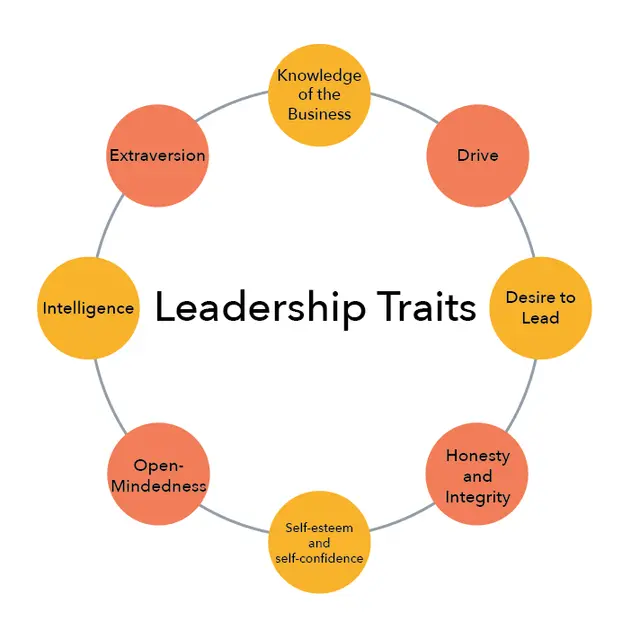Classic leadership styles refer to traditional approaches to managing and directing teams, typically categorized by how decisions are made and how authority is exercised. These foundational styles still serve as the basis for many modern leadership models and influence how organizations evaluate leadership effectiveness.
Main Types of Classic Leadership Styles
-
Authoritarian Leadership Style
In this model, the manager makes decisions independently, without consulting the team. Subordinates are expected to follow orders precisely, and mistakes are met with punishment rather than support.-
Advantages: Fast decision-making.
-
Disadvantages: Low employee motivation, high dependency on the manager’s capacity, and risk of poor decision-making due to lack of input.
-
-
Cooperative Leadership Style
Also known as participative leadership, this style involves employees in decision-making processes. Responsibility is shared through delegation, and mistakes are met with guidance rather than punishment.-
Advantages: High employee motivation, better decision quality, and reduced pressure on the manager.
-
Disadvantages: Potential delays in decision-making due to the need for consensus.
-
-
Laissez-Faire Leadership Style
Often debated as a “non-style,” laissez-faire leadership is characterized by minimal managerial intervention. Employees have broad autonomy and are left to manage their own tasks and responsibilities.-
Advantages: High freedom for employees, which can be motivating for self-driven teams.
-
Disadvantages: Risk of disorganization, lack of accountability, and employee confusion—especially for less experienced or unmotivated teams.
-
These styles represent differing philosophies of control, autonomy, and collaboration. While modern leadership often blends elements of each, understanding classic leadership styles provides critical insight into organizational behavior and leadership development.
« Back to Glossary Index





![15 Employee Offboarding Templates That Save Hours of HR Time [Free Downloads] 15 Employee Offboarding Templates That Save Hours of HR Time [Free Downloads]](https://i1.wp.com/www.hrcloud.com/hubfs/Header.png?w=150&resize=150,100&ssl=1)
